- Daily & Weekly newsletters
- Buy & download The Bulletin
- Comment on our articles
Explore Belgium: Luxembourg province is a green destination where rivers, castles, memorial sites and local traditions reign
Home to the Belgian Ardennes, the province of Luxembourg is renowned for its nature. Rolling hills, dense forests and cascading rivers create a vast playground for anyone looking for an active holiday surrounded by unspoilt countryside. As well as outdoor sports, the province is filled with ancient fortresses and abbeys and enjoys a reputation for conviviality and colourful seasonal festivities. As the Ardennes also experienced bitter fighting in both world wars, remembrance tourism is another key draw. The accommodation offer in the rural region includes campsites, rustic chalets and farm stays.

Belgium’s smallest provincial capital (pictured main image) occupies a hill close to the border of Luxembourg and France. Inhabited for more than 2,000 years, Roman traces include remnants of walls and thermal baths, while the archaeological museum is one of the country’s finest. The Saint-Donat cathedralis an emblematic site on the grounds of a long-disappeared castle. Reach it by walking up the listed Way of the Cross, a restored 19th-century stone pathway. Look down on pretty terraced houses with period features that reflect French rather than Belgian architecture. The cathedral’s belvedere, or lookout point, offers a 50km view over three countries. An elegant 19th-century town house is home to the Gaspar Museum, dedicated to the works of two members of the artistic Gaspar family, as well as local history and heritage. It also stages temporary exhibitions.
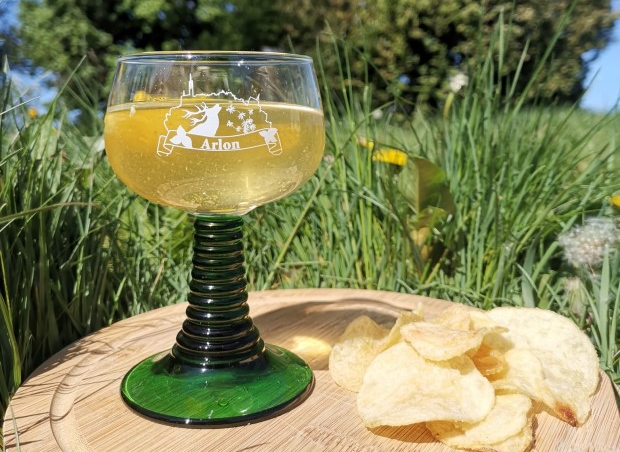
Arlon is famous for the potent Maitrank, or May drink, which originates from the Middle Ages when German Cistercian monks planted Asperula odorata (woodruff) in local woods. Sprigs of the plant are macerated in white wine for up to 48 hours before the addition of orange, sugar and Cointreau or cognac. Each year in May, the Maitrank festival is a popular celebration.
For walkers, the town is the starting point for the GR16 Semois Trail hike, which stretches over 200km to Monthermé in northern France. The route passes through numerous legendary sites such as the Giant's Tomb (see below), the Rochehaut Ladders and the Roc la Tour, as well as 11 alternative trails along river banks or elevated ridges.
Bastogne
The town is a world-renowned memorial centre due to the integral role it played in the Battle of the Ardennes in the final bitter winter of World War Two. It is littered with remnants of this bloody past, from museums and refurbished barracks and war room to an American Sherman tank and statue of General McAuliffe gracing its centre.
The Bastogne War Museum lies on the outskirts of the Ardennes town alongside the Mardasson Memorial that honours fallen and injured US soldier. The museum itself is a lively and interactive presentation of the final large-scale offensive of the war, while providing contextualisation of the war. Temporary exhibitions complement permanent displays alongside more than 70 display cabinets.
Set in gently rolling hills, it’s a quiet contemplative place. In addition to signposted walks (from six to 20kms), visitors can also take a stroll in the neighbouring Peace Wood, where 4,000 trees were planted by children to honour the fallen in 1974.
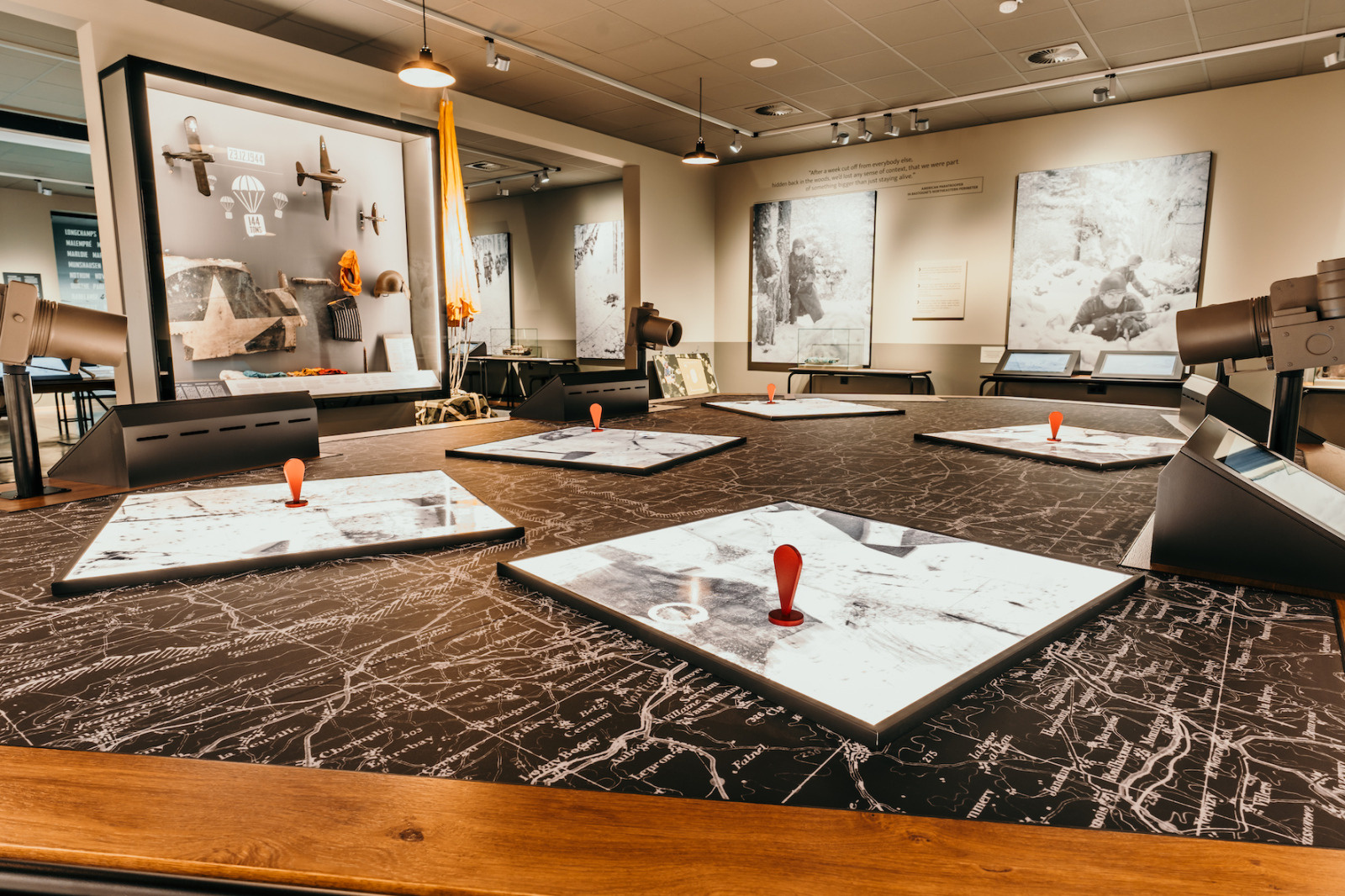
Bastogne War Rooms (pictured) is a new museum celebrating the iconic moment when the Allies refused to surrender to the German army. The underground headquarters at the military barracks where Brigadier General McAuliffe’s issued his spontaneous response “Nuts!” have been transformed into a modern interpretation centre. It takes visitors on an immersive and interactive journey into the six-week Battle of the Bulge and is full of educational and interactive exhibits, while the basement complex has been carefully preserved to retain authenticity and atmosphere. The nearby Bastogne Barracks houses collections of lovingly-restored military vehicles that regularly participate in commemorative parades.
The Musée de la Bataille des Ardennes in La Roche-en-Ardenne also brims with artefacts from the battle and includes a British section, in addition to American and German relics and displays. Lying near Bastogne, the Recogne military cemetery contains the remains of 6,807 German soldiers who died in the Battle of the Bulge. It features a chapel built from pink sandstone with internal slate walls.
Bouillon and the Semois valley
Bouillon Castle is a fairy-tale fortress hewn from a rocky precipice in a bend on the Semois river. The masterpiece of medieval military architecture earned renown in the 11th century when Duke Godfrey of Bouillon joined the Crusade and became the first ruler of Jerusalem. It’s crammed with bridges, ditches, drawbridges, towers, gun turrets, dungeons and even a torture chamber. Regular activities include bird of prey displays.
This summer, Bouillon is the stage for the fifth edition of Art Public, a one-hour open-air art trail ithat nvites visitors to rediscover this jewel of the Ardennes through an artistic lens. Some 15 contemporary artworks are integrated into the town’s medieval scenery for a dialogue showcasing heritage and creation. It is on show until 21 September.
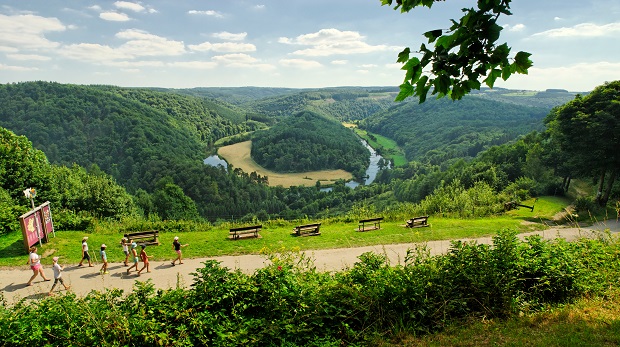
Close to the French border town, the Giant’s Tomb nestles in a bend on the Semois. Legend has it that a giant once threw himself from the surrounding hills to his death to avoid capture by the Romans. Listed as a major Walloon heritage site since 1976, the lookout point is in the village of Botassart, on the route of multiple signposted walks.
Tobacco has been cultivated in the Semois valley since at least the 16th century, and you can explore the tobacco fields thanks to a dedicated route divided into two signposted circuits of 60km and 70km. Both start in the village of Alle, with a guidebook available for €2.
Saint-Hubert
With all this abundant wild nature, it’s no surprise that Saint-Hubert enjoys the title of European capital of hunting and nature. The historic small town also has a number of heritage sites, including an ancient abbey and the splendid 16th-century Saint-Hubert basilica. Its surrounding forests are ideal for walkers and cyclists.
Orval
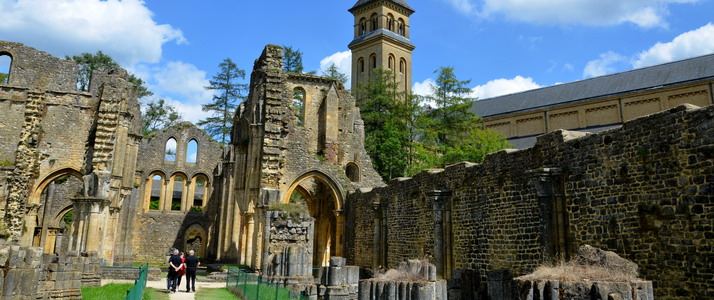
The abbey of Orval possesses numerous attributes. Not only is it home to one of Belgium’s prime Trappist brews, it is an active Cistercian monastery and a beautiful heritage site that was founded over 900 years ago. Visitors can experience the liturgical tradition, visit the Monastic Museum, abbey ruins, medicinal garden and abbey shop, and participate in guided tours. As well as beer – one carton per person – you can purchase the brewery’s cheese.
Riding the rivers
It’s possible to descend the Semois in kayaks with numerous operators plying the river valley. They include L'Ami Pierre in idyllic Vresse-sur-Semois, which proposes an 8km kayak trip for beginners to the neighbouring village of Alle-sur-Semois, as well as 12km and 18km distances for more experienced paddlers. Semois Kayaks in Poupehan offers 4km or 15km distances and Kayaks La Vanne, based in Alle-sur-Semois, proposes four routes, from 7 to 17 km, in the villages of Poupehan, Vresse, Membre or Bohan. They usually all propose shuttle buses to take you back to your departure point. Note: For safe kayaking, the river requires a minimum water depth.
Activities for all ages
The La Roche-en-Ardenne animal park puts wildlife in its natural habitat in the heart of the Ardennes. A one-hour hiking trail leads visitors along many species indigenous to the area, including deer, lynx, foxes, wolves, wild boar and owls. There’s also a petting zoo and restaurant.
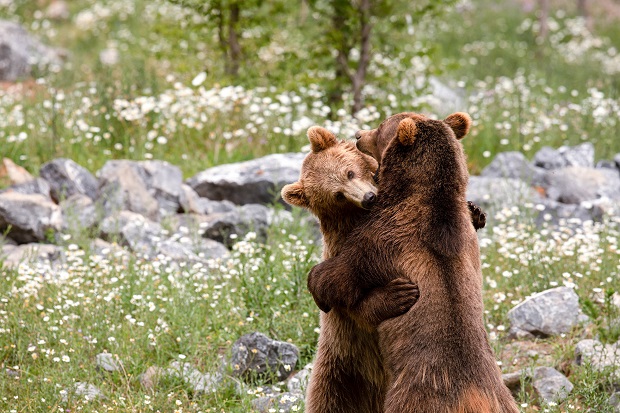
An underground cave system and wildlife park are the main attractions of the Grottes de Han in the Lesse valley. Discover geological treasures hidden below the surface in Belgium’s first global geopark. Meanwhile, the park is home to over 650 animals, including wolves, foxes, deer and owls. Don’t miss the possibility of sleeping in treetop cabins, glamping in a cocoon tent village or sleeping on a firm bed in the four-star hotel on the site.
Exploring the five senses, Houtopia is a family experience park in the town of Houffalize in the Ourthe valley. The educational recreation centre has indoor and outdoor areas (including a 30m slide) with a range of sensory activities, such as water mists and bouncy castles, and themes from nature and the human body to the environment and creative skills.
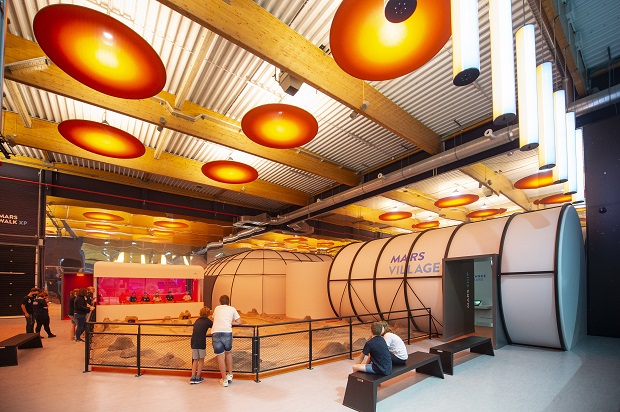
The revamped Euro Space Center in Transinne offers numerous attractions and interactive installations. Activities include a freefall slide, Mars walk and space show giving a taste of the astronaut experience. The centre also has simulators and Europe’s only full-scale mock-up of a US space shuttle. An outdoor trail, Cosmic Valley, is an opportunity to explore the solar system, build a sun dial, look at the stars and enjoy a bouncy castle in the form of a spaceship.
The Hotton Caves, also know as the Caves of 1001 nights, are a series of underground grottoes that are classified as Walloon natural heritage. Guided tours take visitors to the depths of the natural geological wonder and through a labyrinth of galleries.
Pretty villages
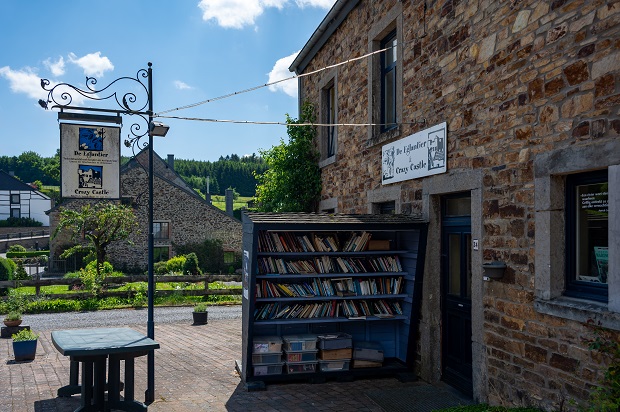
Many of Wallonia’s most beautiful villages are located in the province. They include literary destination Redu, Chassepierre, which hosts an annual street theatre festival in August, and Clairefontaine, where ruins of a Cistercian abbey draw walkers, to Torgny, ‘the Belgian provence’, with its golden stone facades and gentle micro-climate that favours wine production. The latter is part of the Gaume region, a distinct area of the Franco-Belgian border that draws on its Lorraine heritage, which which is reflected in the area's Walloon dialect, traditions and gastronomy.
This article was updated in July 2025.
Photos: (main image) WBT Trekking & Voyage-Semois Valley; )Arlon Panorama, Eglise Saint Donat ©Benjamin de Rothstein; Maitrank Arlon tourism; Bastogne War Rooms ©Tempora; wbt JP Remy Botassart, panorama le tombeau du geant; Grottes de Han animal park; Euro Space Center ©dbcreation.be; Rita Photographie-Village de Redu - Plus Beaux Villages de Wallonie


















